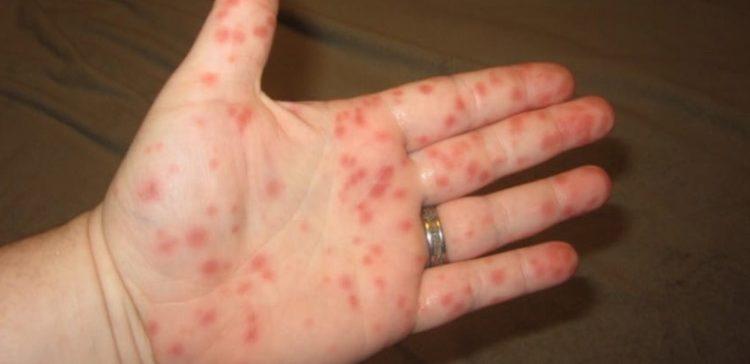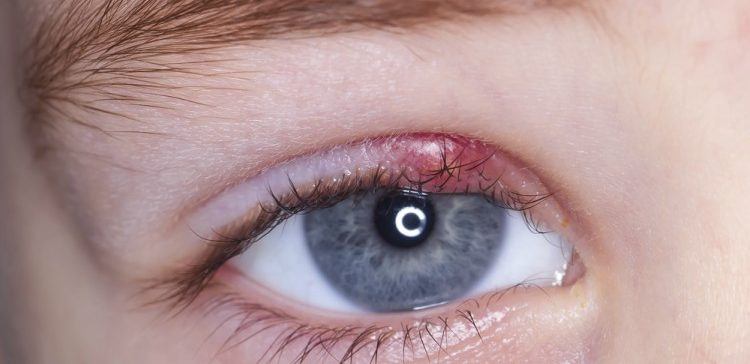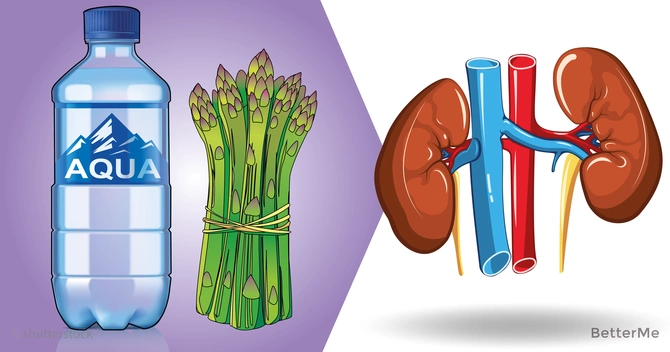School can be a wonderful place for your kids to learn, grow, and share. But unfortunately, schoolyard sharing isn’t limited to toys or knowledge; the sharing of germs and infectious diseases is something that runs rampant through most school districts.
While you might be accustomed to keeping your child safe from chicken pox, lice, or the common cold, there are other types of illnesses that can be lurking around your child. Often these unknown disease are significantly more difficult to prevent, unlike older ailments. This is probably one of a parents’ worst fears.
One of the most resistant of these illnesses is hand-foot-and-mouth disease, which still affects about 200,000 Americans in the USA every year.
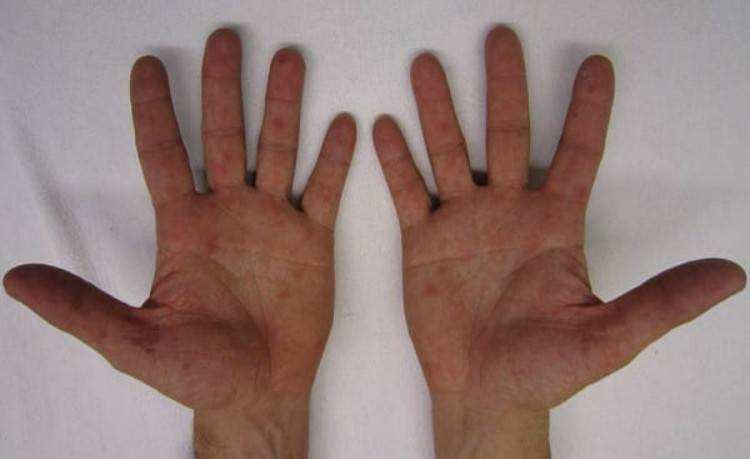
This year could be a record-breaking one for the disease, warned experts at the West Central Health District in Georgia. Already there have been outbreaks among school kids and college students alike.
So what is hand-foot-mouth disease? How can you contract it and, more importantly, how can you recover from it?
Hand-foot-and-mouth disease — or HFMD for short — is an incredibly common ailment that affects hundred of thousands of people every single year. It’s highly contagious, and can spread easily from contact with saliva or mucus.
While you can’t get it from simply being in the same room as an infected individual, but you can get it from a sneeze, a kiss, or a handshake.
This would explain why HFMD is so common among little kids (who are usually less health-conscious and tend to grab at one another) and college students (who have a tendency to share drinks and have lowered immune systems due to exhaustion.) Senior citizens with lower immune systems, especially those in a nursing home of some sort, also have a heightened risk of contracting the disease.
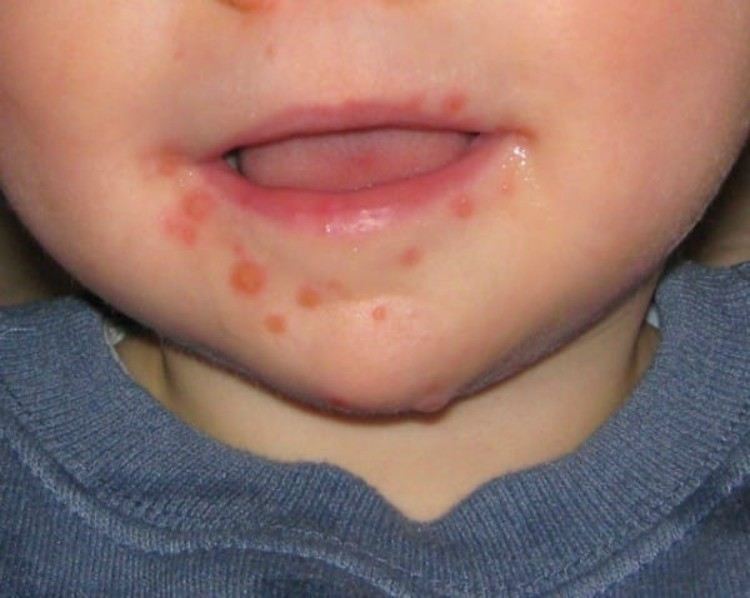
Continue to the Next Page …

